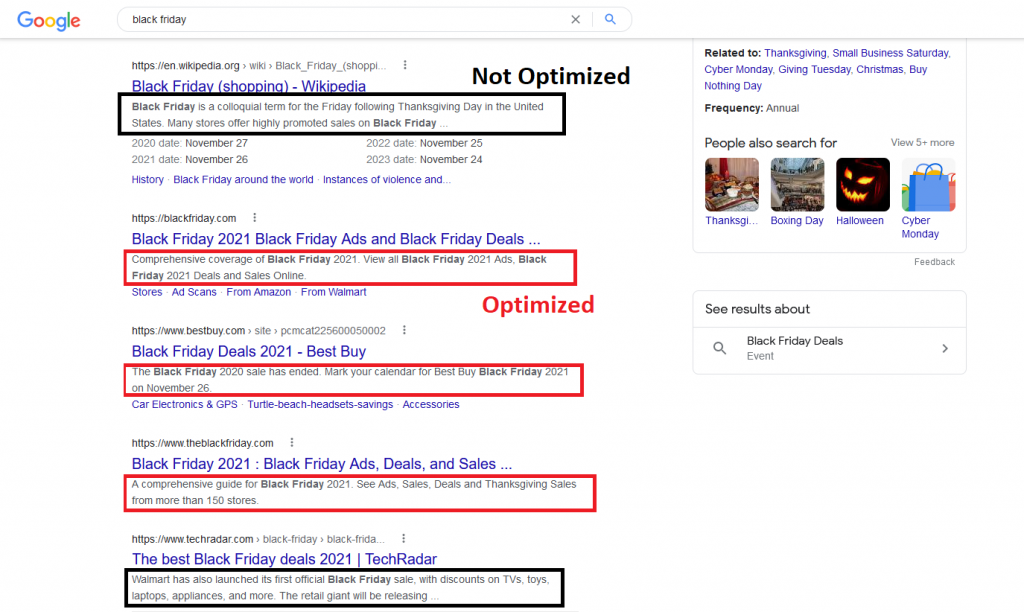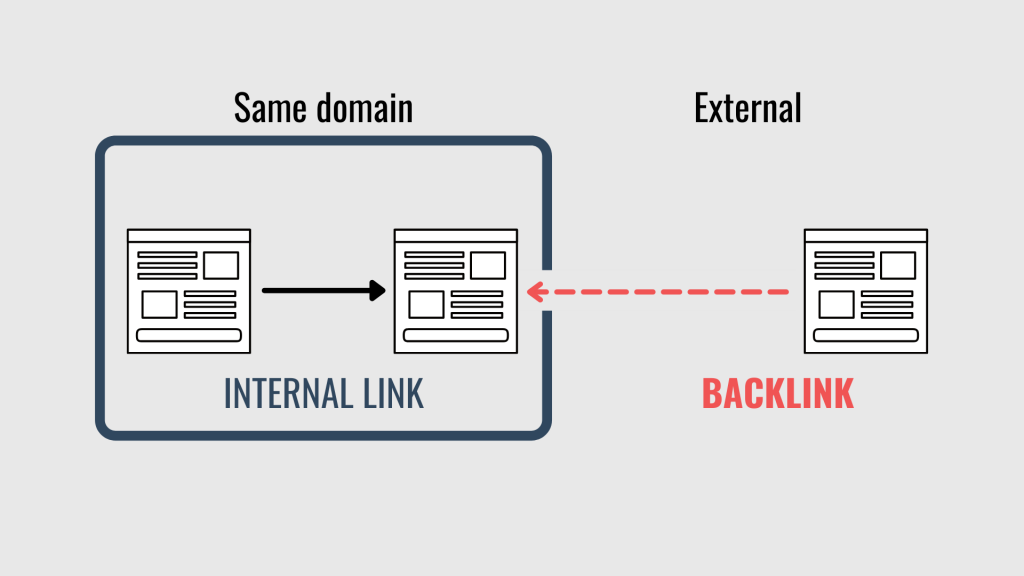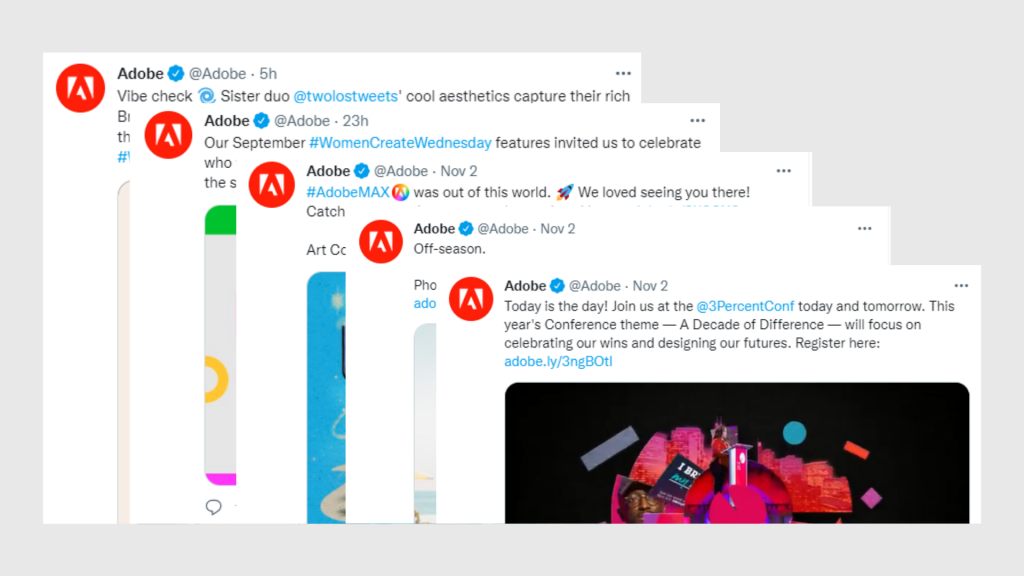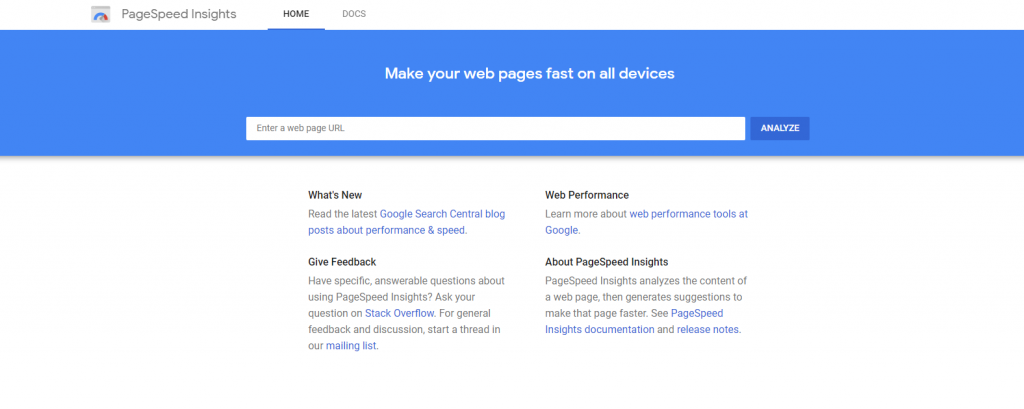SEO: What is it and why is it important?
Steps to take to improve your website’s performance
“SEO Best Practices 2021”, “X Simple Steps for a Slid Strategy”, “X Tips to Improve Your Website’s SEO”, “X SEO Tips to Boost Your Website Traffic”, you definitely see these headlines from time to time when researching about website building. Or even when looking at website-related/ content-related jobs on LinkedIn, you will, one way or the other, see “SEO” in the job description.
So the question is, what exactly is “SEO”? SEO this, SEO that, why are people always talking about it? We will explore this topic today in detail, and hopefully, you will have a better idea of this important term after reading this article.
WHAT IS SEO?
SEO is the acronym of Search Engine Optimization, referring to a set of practices aimed to improve a website’s visibility in the search engine’s organic (or unpaid) result. Individuals and business owners can leverage SEO to boost your website’s traffic, attract more leads, drive more sales, and bring more revenue to your business.
WHY SHOULD YOU CARE ABOUT SEO?
People don’t usually go to one or two websites directly when searching for stuff. Instead, they will use search engines to seek the “best answer” for them. Essentially, you would want to have your website ranked as high as possible. The higher your website ranking is, the more likely it will be seen by searchers as your website is more likely to be shown in the first few pages (and best first few results).
A note: Although there are multiple search engines—Bing, Baidu (more in within China), DuckDuckGo, Ecosia, Ekoru, Yahoo, Yandex, etc., Google is still the most-used search engine dominating the internet industry. So a lot of the time when people talk about SEO, a lot of these contents are usually about Google. But universally, all these guides and tips shall apply to a majority of the search engines.
Content is what you are serving to your visitors; On-Page and Technical SEO is how you hold and present your content; Off-Page SEO is how you can fuel and add spices to boost the flavor and popularity of this dish.
There are a lot of different factors and ways to improve your website’s SEO. I will be listing a few important ones to start with.
ON-PAGE SEO
On-page SEO is basically everything that you do within the website (within the same domain), from optimizing the content to the technical aspect of the website.
Content
What makes a website stand out from others? It’s content.
Content is important, people conduct searches because they are looking for something, they are looking for an answer, information that could benefit them. Imagine clicking onto a website and all you see are a couple of paragraphs and a few pictures. You are less likely to stick around for long since there isn’t much value in it. The more content you have, the more likely your readers are going to trust your website if they find your content reliable, resourceful, and trustworthy. In fact, this is one of the many criteria used by Google to rank a website, based on the overall quality of a web page. They call this “Expertise, Authoritativeness, and Trustworthiness” (E-A-T).
A website without content will frustrate your visitors. Worse, people won’t be able to find your site at all simply because it’s unsearchable on Google. Now that you know why it is important to have quality content, we will proceed to how we can make this content visible to the world.
Internal Linking
One way to do this is through internal linking, which refers to any hyperlinks from one page within one domain to another page within the same domain. Visitors and search engines use links to gain access to other relevant web pages. Search engines, in particular, use internal links to gain further understanding of the correlation of all your content and pass authority from one page to another. When one web page links with another page, it is passing some authority/credibility to the designated page. The more links a website is getting, the higher value the web page will get, the more visible it may become in search engine results pages (SERP).
Title Tags
A title tag is the title of a web page, the clickable links that you see on the SERP. A title tag should accurately tell readers and search engines what your content is about. Include the keywords of your article in this title, people always want to get what they want as quickly as possible at a simple glance.
Meta Description
Meta descriptions are snippets, short summaries that usually appear below a web page’s title tag and URL on the SERP. This is where you give more details of your article (or summarize the content) and help boost the click-through rate. The ideal length of a meta description shall be between 150 and 160 characters.
It is not a must to provide a meta description. In fact, 25% of the top-ranking websites don’t even have meta descriptions. But providing one will enhance the user experience. (If you don’t give a customized and optimized meta description, Google will automatically generate it for you.)
Are search engines not showing your meta description?
There are cases where search engines like Google might be tweaking your meta description, or even opt to not use what you have provided. There could be several reasons, your meta description is too long, too short, or they think that your description is not accurate enough to describe your content (and decided to make one that is “better” than yours). If that’s the case, the only way to overcome this is to tweak the meta description by yourself. Make it less self-promotional, tell potential readers and search engines what your content can do for them, give specific details to describe your content, etc.
And if you have just updated your meta description, Google might not be updating it immediately. Give it some time to crawl and process the changes. If it is not updated yet or still shows a different meta description, most likely you might need to tweak your wordings again.
Keywords
Keywords are concepts of what your content is about. In SEO terms, it is what searchers enter in the search engines. You always want to include relevant keywords in your content, your title tags, meta descriptions, and URLs, and make sure these terms correspond with what searchers are typing. You can make use of tools like Google Trends and Answer The Public to check what keywords people use when conducting searches.
URL Slug
Look at the above picture, the underlined part is what we call “URL slug”. This is essentially the part of the entire URL which tells Google what this web page is about.
OFF-PAGE SEO
Off-Page SEO refers to anything that is happening outside your domain, including backlinks, external linking, social media sharing, and more. In short, these are SEO strategies that wouldn’t affect or make any changes to your website.
Backlinks
Backlinks, also known as inbound links, are hyperlinks from one external web page to your web page. It is one of the most important search engine ranking signals, impacting how “influential” a website is. The more backlink a website has, the more authority and value that website will be receiving from others, the more likely Google will see this website as a valuable and trustworthy source. Hence, ranking it higher in search engines.
Content Marketing
Slightly different from content creation that falls under on-page SEO, content marketing refers to any content that you create outside of your website. It could be writing guest posts for other websites, creating nice graphics/infographics so that other people (or even publication) will use and cite your website, publishing whitepapers, studies, reports, etc.
Content marketing is interlinked with other off-page strategies such as backlinking and social media promotion. The ultimate goal is to gain traction and further promote your brand and make it known to others.
Social Media
We are living in a social media first world, almost everyone owns at least one type of social media platform (Facebook, Instagram, TikTok, Twitter, etc.). In some way, some people are using social media as search engines, to discover new things, or just to keep updated with new trends, topics, or even services and products in the market. Marketing on social media may not lead to an immediate increase in site traffic, but the logic shall be obvious and simple: the more you post on social media (or best, get mentioned across platforms), the better exposure it will be. Ultimately, it helps to build brand awareness and increases your brand’s credibility.
Even companies as big as Adobe, they still put emphasis on posting to social media to expand it’s outreach.
Customer Review
Never underestimate the power of reviews. Websites with more positive reviews are likely to be seen as more credible and reliable and are more likely to convert visitors into potential leads. If an increasing number of users are getting to your website, best if they are even returning, these behaviors (or statistics) are good signals for search engines. And if you start seeing more and more negative reviews, examine them and see what the issue is. The longer you stall these issues, the worse it could be.
TECHNICAL SEO
Technical SEO refers to optimizing your website for search engines, ensuring that search engines can easily crawl, index, and understand your website correctly and accurately.
Website Structure (Crawlability)
A good website structure is essential to the overall user experience of the entire website. You want to make sure the search engines can properly crawl through your website to get everything they need to display your content on relevant SERPs. Having a good website structure will also help your visitors to easily navigate through your website and find what they want. Eventually, this could be one of the many reasons why your visitors will return to your website.
Site Speed
Having a variety of fancy content and a great aesthetic design is great for attracting visitors. That’s if they even manage to get to the page. Unfortunately, even when a good-looking website can help you catch the attention of your potential customers and grow your business, time and speed always come first for your visitors.
And it doesn’t end here. Having a poor site speed could also affect your website’s ranking. Google is increasingly putting emphasis on user experiences. The longer your website takes to load, the higher chance your visitors will get impatient and leave. Google tracks all kinds of signals. And if this is what they are receiving, it doesn’t matter if you have the best content or not, Google cares about the data showing that “people are not spending time on your website”. You can check out your website’s performance using Google’s PageSpeed Insight.
Mobile Optimization
In this day and age, it is near to impossible for a website to not have a mobile version of it. Just imagine browsing on your phone and seeing, *gasp*, a desktop website! What will people do? Probably, and most likely, close the tap. And this is a double negative signal to search engines, especially with Google. Not only you could be missing out on a lot of potential customers (it’s already a fact that an increasing number of people are browsing online via mobile devices), your website might get a lower ranking from Google since they have been prioritizing mobile-friendly websites over just-desktop ones.
To check if your website is mobile-friendly, just run it through Google’s own mobile-friendly testing tool.
No matter what you do, remember always to keep track of your website analytics to see what is doing well and what isn’t. It will give you a better understanding of what you should be focusing on (what you excel in) and what issues you should be tackling to improve your website’s performance.
If you are using CMS like WordPress, generally suggested for people who have a bit more knowledge about website building and coding, you will be finding tons of plugins available to use—Jetpack, MonsterInsights, HubSpot, WP Statistics, Site Kit by Google, etc. If you are new to website building, you will likely find yourself leaning towards website builders instead. I am happy to suggest Website.com as they offer users to try out most of their website building and eCommerce features. And you can make use of Google Analytics to track your website’s performance (check out their guide on how to set up Google Analytics).
You can check out this page to learn how to build a website using their website builder.








